10 Wild Animals in Syria [Wildlife in Syria]
Want to know more about the wildlife in Syria?
Discover 10 wild animals in Syria in this post, as well as interesting facts about them. 🇸🇾
Learn All About Syrian Animals
Ready to learn all about Syrian animals?
I’ve always been fascinated by animals, and by how they can be so different from one country to another. In this guide, we’ll focus on the many animals Syria has on the land, in the sky, and underwater.
I’ve split the guide into 5 categories:
- Native animals from Syria
- Endangered animals of Syria
- What is the Syrian national animal?
- How many animals native to Syria?
- What dangerous animals live in Syria?
Let’s dive in right away with our first category!
Native Animals from Syria
Syria is an Asian country located in the western part of the continent, in the Levant and the Eastern Mediterranean. It is a very independent country (being suspended from multitudes of international organizations, is a multicultural country with lots of ethnicities, was part of the Ottoman Empire and used to be a French colony. It is bordered by Jordan, Turkey, Iraq, Israel, and Lebanon, and its capital and largest city is Damascus, which counts more than 2,503,000 inhabitants.
An interesting part of the country that I wanted to tackle is its wildlife. In light of that, I have listed the best of it, and I hope you will love learning what animals live in Syria.
Here’s the Syria animals list.
1. Striped hyena
- Name: Striped hyena
- Scientific name: Hyaena hyaena
- Conservation status:
The striped hyena is a species of hyena native to northern and eastern Africa, the Middle East, the Indian subcontinent, and Central Asia.
Much less famous than its relative, the laughing hyena (officially known as the spotted hyena), it is on the decline throughout its range, with a loss of 10 percent of individuals over the next 3 generations.
2. Egyptian mongoose
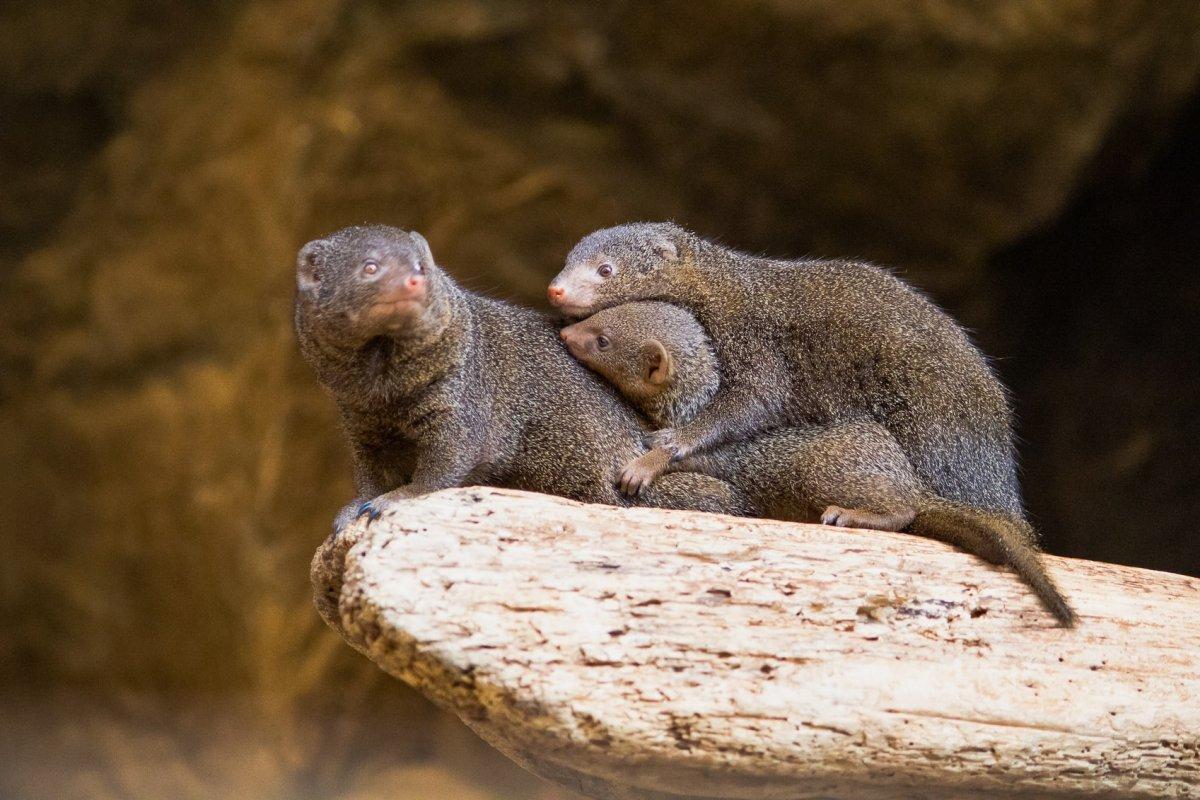
- Name: Egyptian mongoose
- Scientific name: Herpestes ichneumon
- Conservation status:
The Egyptian mongoose, also known as the ichneumon, is a species of mongoose native to the Mediterranean Basin, north Africa, and sub-Saharan Africa, and is either native or introduced to the Iberian Peninsula.
In Syria, it used to be offered in local shops as a taxidermied specimen. Within the country, it mainly lives in the Latakia Governorate.
3. Mountain gazelle
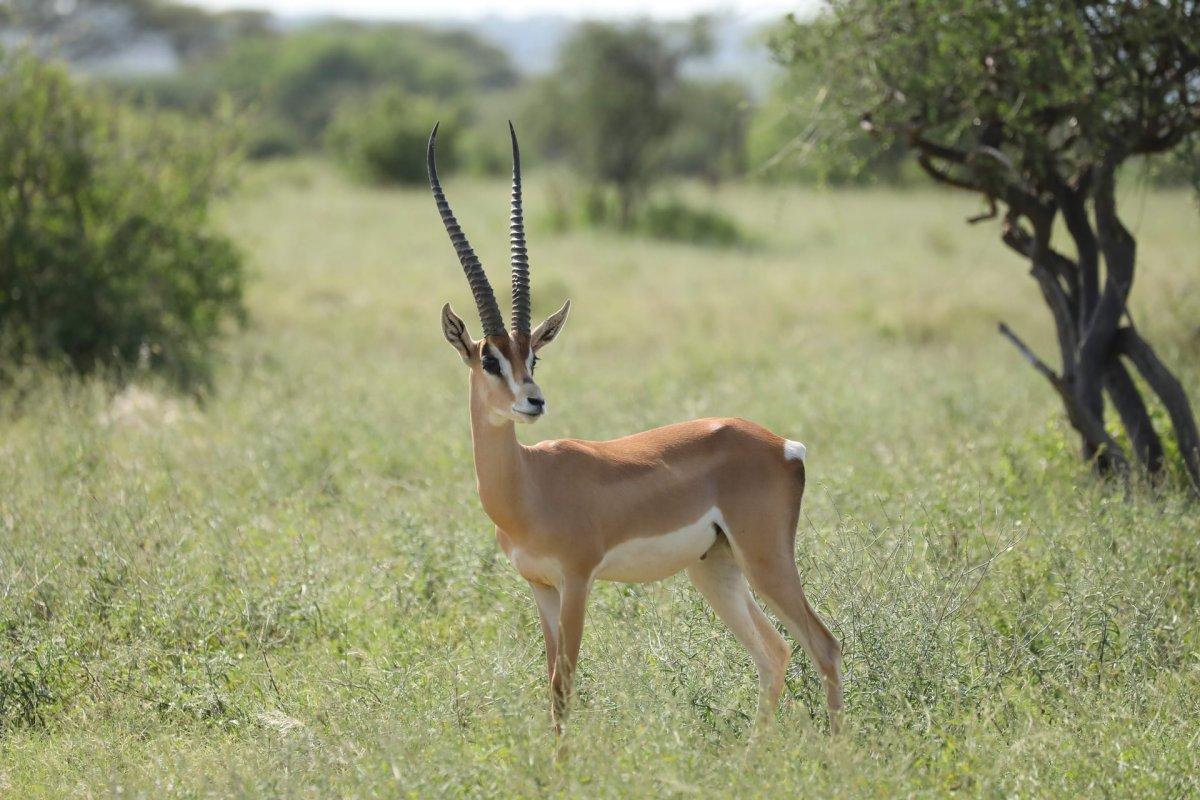
- Name: Mountain gazelle
- Scientific name: Gazella gazella
- Conservation status:
The mountain gazelle, also known as the Palestine mountain gazelle, is a species of gazelle with a wide yet uneven distribution: it can be found in low numbers across the Middle East, mainly Syria, the West Bank, the Golan Heights, and Israel.
This gazelle is adapted to arid and dry environments and spends most of its time at the top of hills and mountains, hence its name.
4. Dalmatian pelican
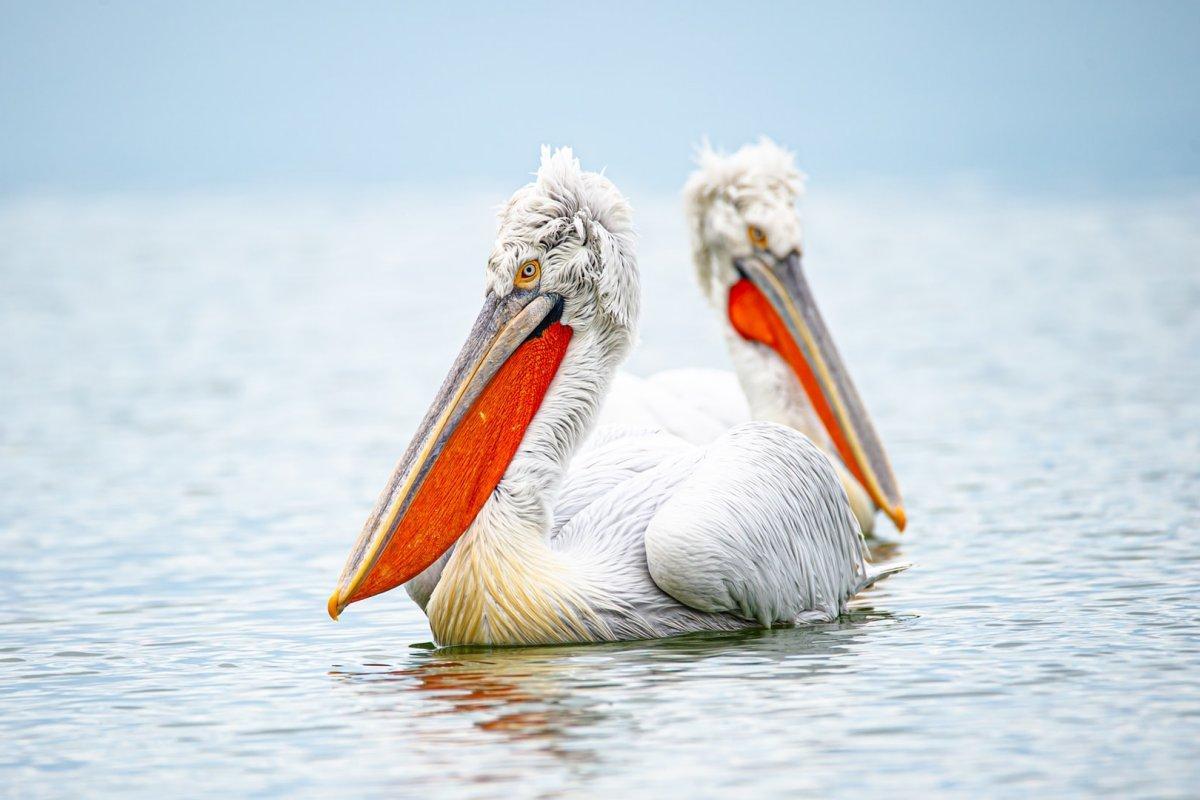
- Name: Dalmatian pelican
- Scientific name: Pelecanus crispus
- Conservation status:
The Dalmatian pelican is the largest species of pelican in the world, and one of, if not the largest freshwater bird in the world, only rivaled by the largest swans. It is a rare visitor in Syria, and it can be found from southeastern Europe to northeastern Africa, as well as Central, southwestern and southeastern Asia.
It inhabits deltas, estuaries, and lakes, and almost exclusively feeds on fish it scoops up thanks to its gular pouch.
5. Euphrates softshell turtle
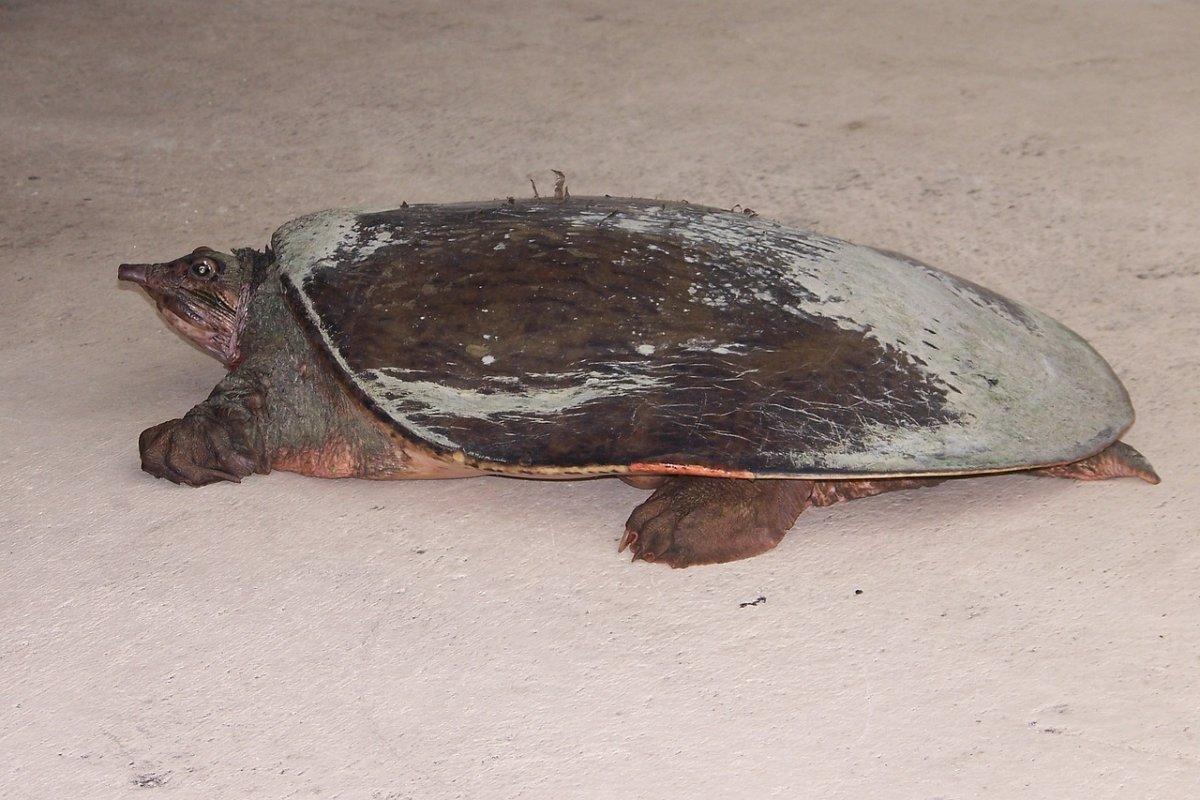
- Name: Euphrates softshell turtle
- Scientific name: Rafetus euphraticus
- Conservation status:
The Euphrates softshell turtle, also known as the Mesopotamian softshell turtle, is a species of softshell turtle native to the Euphrates-Tigris river basin in Syria, Turkey, Iraq, and Iran.
As its name implies, it does not have a bony shell, but a soft one. It inhabits freshwater areas such as streams, lakes, and ponds and is seriously threatened by habitat alteration and loss, as well as hunting and pollution.
6. Sand cat

- Name: Sand cat
- Scientific name: Felis margarita
- Conservation status:
The sand cat, also known as the sand dune cat, is a species of wild cat native to the stony and sandy deserts of North Africa, the Arabian Peninsula, and Western Asia. It is small but renowned for its ability to kill venomous snakes incredibly efficiently.
This animal is fairly rare in Syria but can be found in a protected area near Palmyra, in the central part of the country.
7. Greater flamingo
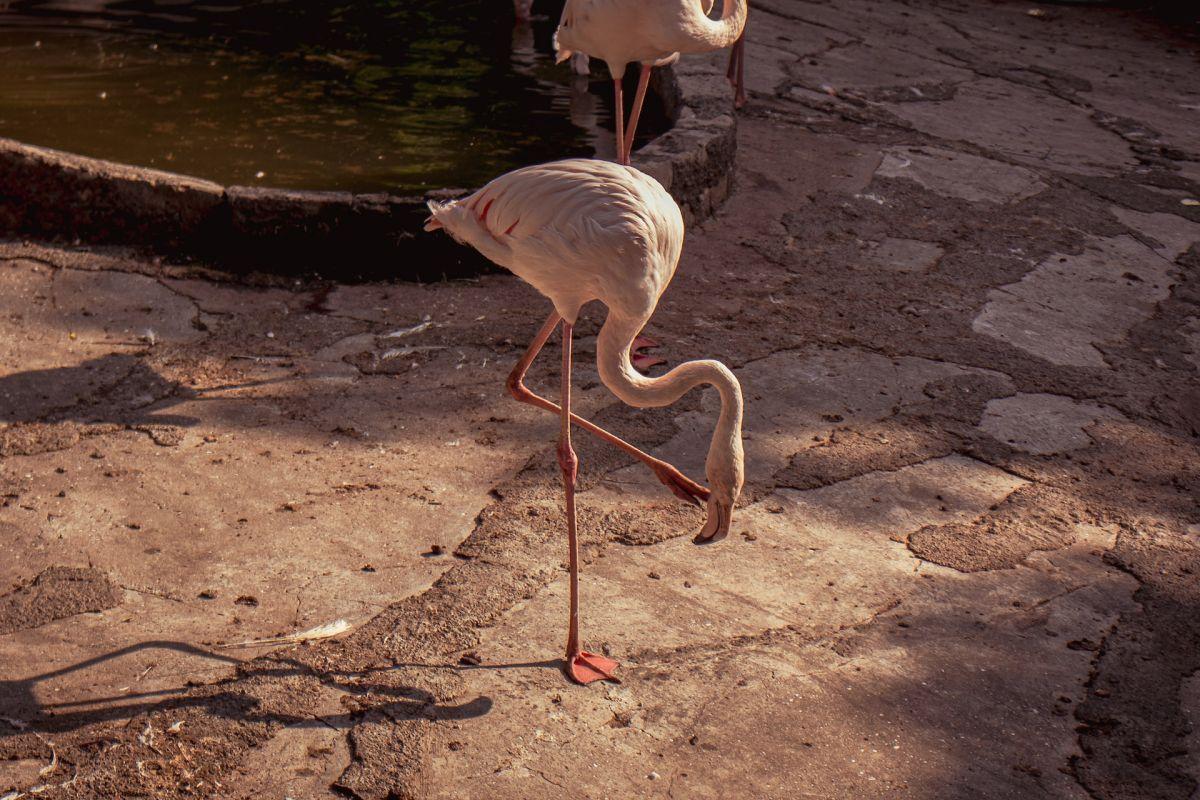
- Name: Greater flamingo
- Scientific name: Phoenicopterus roseus
- Conservation status:
The greater flamingo is the largest and most widespread species of flamingo in the world: it can be found in the Middle East, southern Europe, Africa, and the Indian subcontinent.
In Syria, most greater flamingos live in the nature reserve of Sabkhat al-Jabbul, where they migrate to seasonal salt lakes. Interestingly enough, greater flamingos are not born pink but develop this coloration during their life, by ingesting organoids in their feeding grounds.
8. Arabian oryx
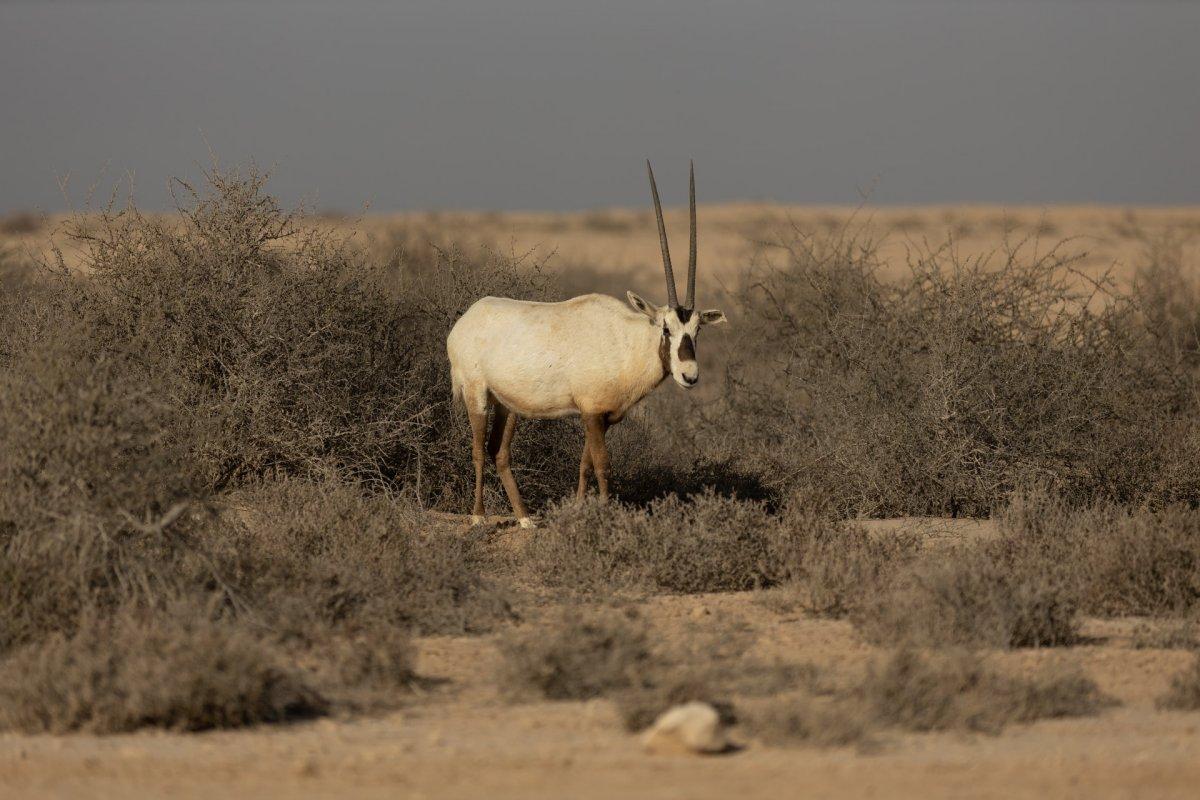
- Name: Arabian oryx
- Scientific name: Oryx leucoryx
- Conservation status:
The Arabian oryx, also known as the white oryx, is a medium-sized species of antelope with a large shoulder bump and long, straight horns. It is the smallest oryx in the world and is native to the steppe and desert areas of the Arabian Peninsula.
From extinct in the wild, it became endangered in 1986 and was even reverted to vulnerable to extinction in 2011; it is the first animal ever to do so!
9. Loggerhead sea turtle
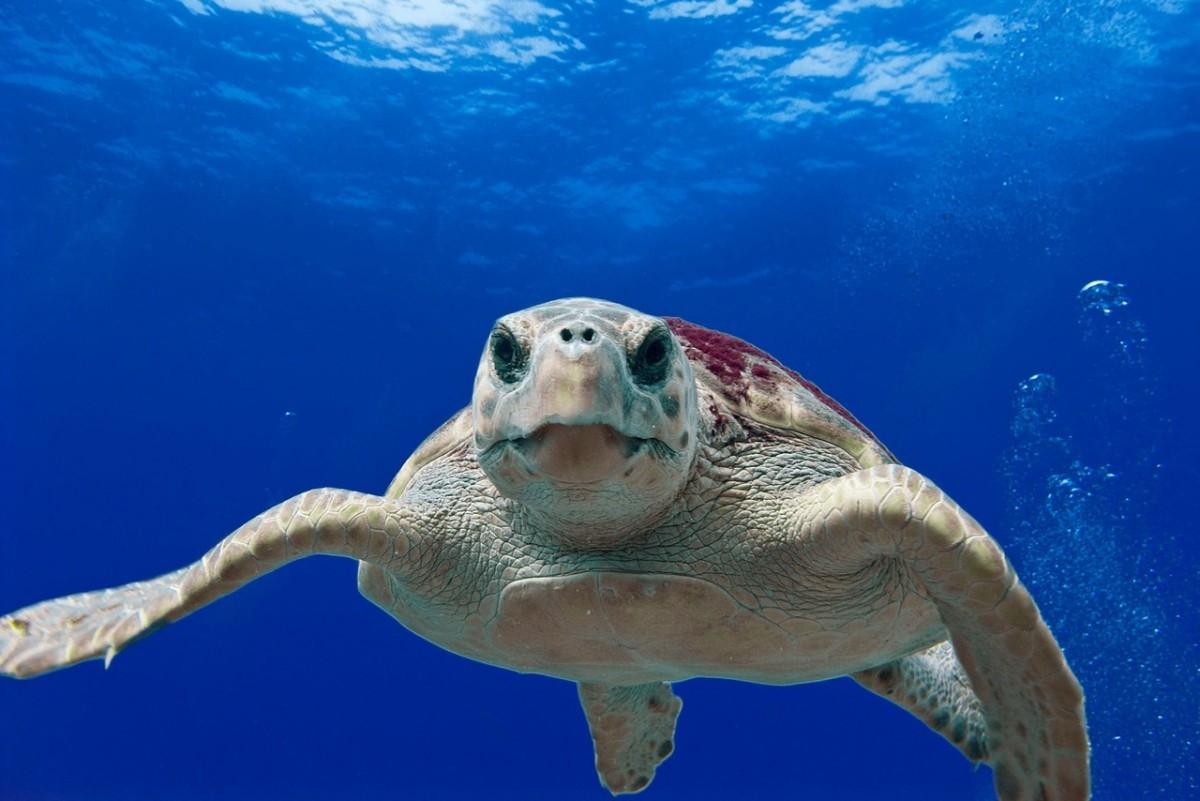
- Name: Loggerhead sea turtle
- Scientific name: Caretta caretta
- Conservation status:
The loggerhead sea turtle is a species of the oceanic turtle with a worldwide distribution. It is fairly large, and can be found in the Pacific, Indian, and Atlantic Oceans, but also in the Mediterranean Sea.
In Syria, it is the most common turtle. It is omnivorous, but primarily feeds on invertebrates it eats with its large, powerful jaws.
10. Caracal
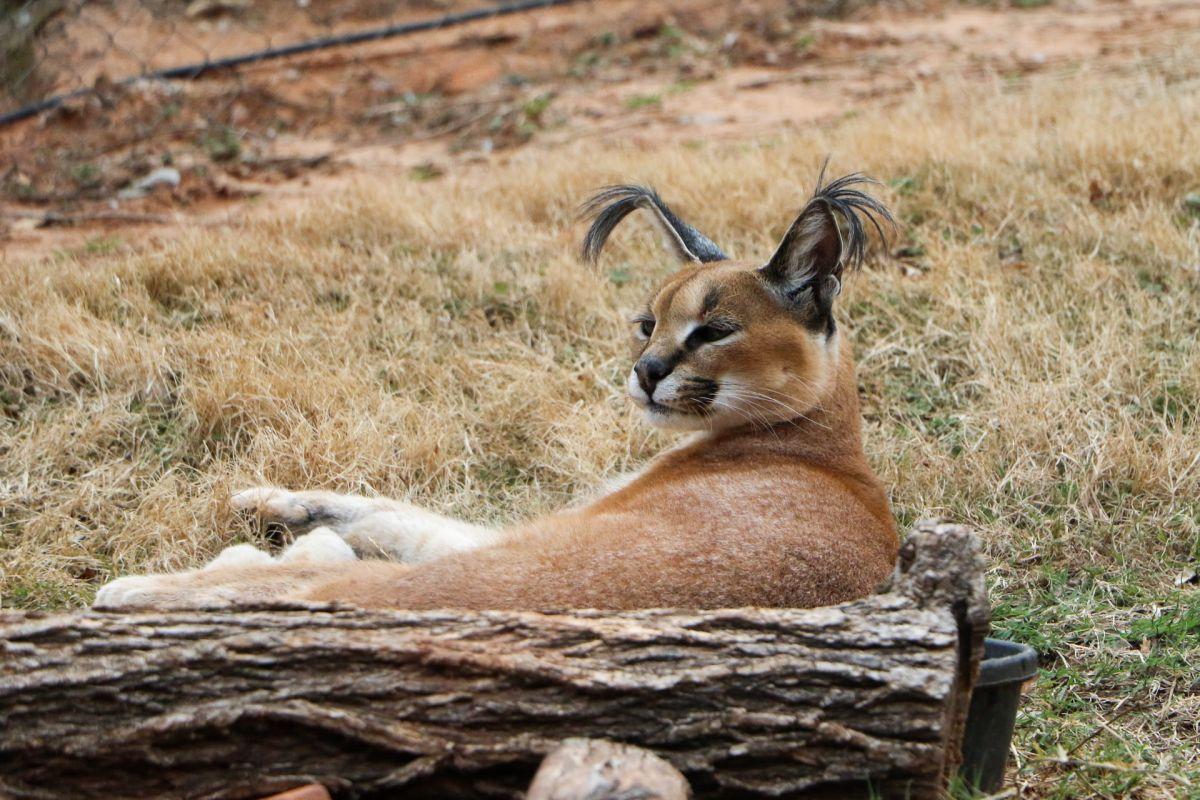
- Name: Caracal
- Scientific name: Caracal caracal
- Conservation status:
The caracal is a medium-sized species of wild cat native to the Middle East, Central Asia, and Africa, as well as the Indian subcontinent. It is one of the most well-known and common wild cats in the Middle East and was even used for coursing in Persia, Egypt, and India.
Hunting caracals are forbidden in Syria, as well as in other countries of its range such as Turkey, Tunisia, Pakistan, and Algeria.
—
So there you have them, these were my 10 wild animals in Syria. I hope you enjoyed this list and that you learned something new today.
In case you want to learn more about animals in the country, feel free to keep reading, as I still have lots of things to tell you about:
Endangered Animals of Syria
This is definitely the saddest part of the list, but it is very important to raise awareness. Because of this, let’s go through the list of endangered animals in Syria.
Here are the animals in danger of extinction in Syria.
- Tristramella magdelainae
- Lusitanian cownose ray
- Damascus bream
- Halap loach
- Long-spine bream
- European eel
- and 15 more…
- Syrian spotted bleak
- Persian fallow deer
- Orontes spined loach
- Northern bald ibis
- Euphrates softshell turtle
- and 31 more…
To see the full list of endangered species in Syria, head over to the International Union for Conservation of Nature’s Red List.
What is the National Animal of Syria?
The national animal of Syria is the Syrian brown bear.
The Syrian brown bear is a subspecies of the brown bear native to the Middle East and the Caucasus mountain range. It has very light brown fur and inhabits mountainous and forest areas.
This bear is mentioned in the Bible. It is particularly protective towards its cubs and is a symbol of strength and pride.
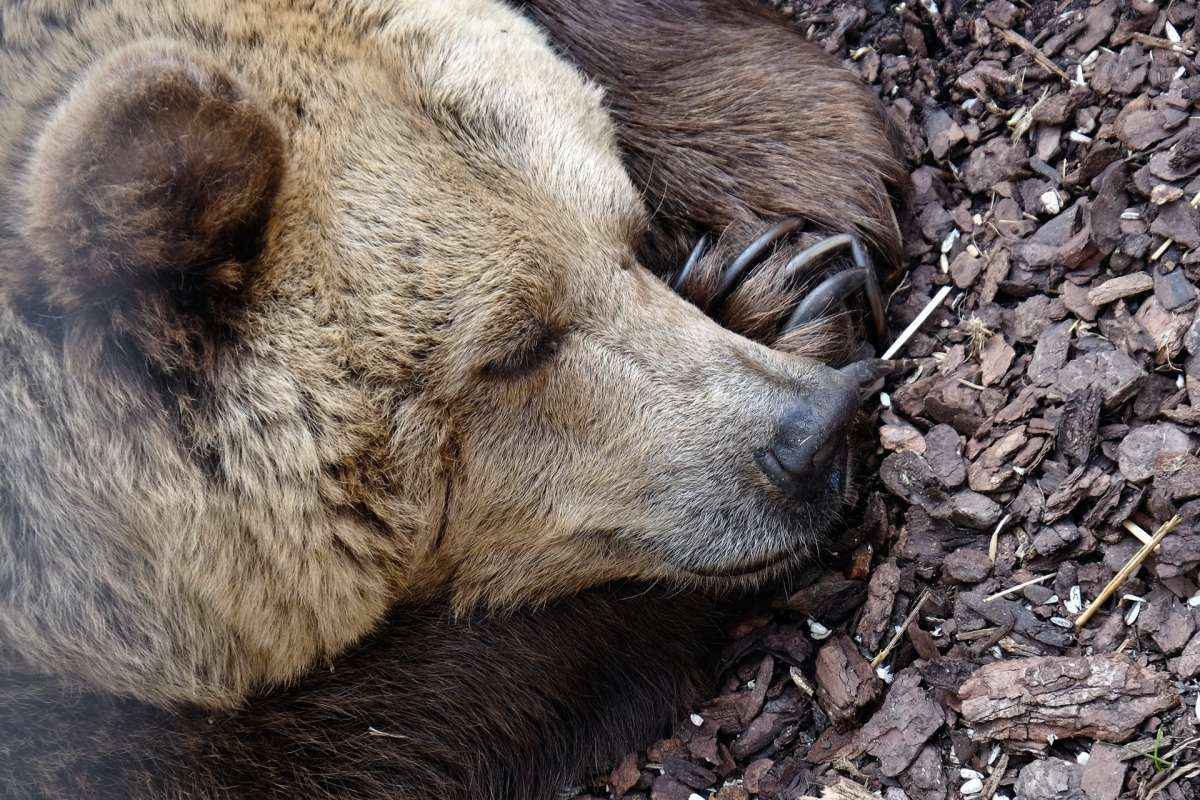
How Many Animals Native to Syria?
What is the diversity of native animals in Syria?
Let’s look at the total number of species of Chordata (mammals, birds, fishes, and reptiles).
Total number of animal species in Syria: 996 (5,029 in total in West and Central Asia)
What dangerous animals live in Syria?
There are quite a few dangerous animals in the arid country of Syria, the most dangerous of them being the Levant viper, the black desert cobra, and the deathstalker.
The Levant viper is a species of viper found in North Africa, the Middle East, and Afghanistan. It strikes quickly and can cause tissue damage and inflammation with its venom.
The black desert cobra has a dangerous toxin that can cause significant damage to victims.
The deathstalker is one of the most dangerous species of scorpions in the world. Its venom can cause serious pain and undoubtedly kill young, old, and sick people.
More About Animals in the World!
Loved these Syria animal facts? Want to see what animals live in other countries?
Then check out these posts:
Or click here to see ALL the facts up on the blog! Spoiler alert: there’s A LOT of them.
Share the knowledge! Click on the buttons below to share information about these famous animals in Syri with your friends, and help them learn more about the world 🙂
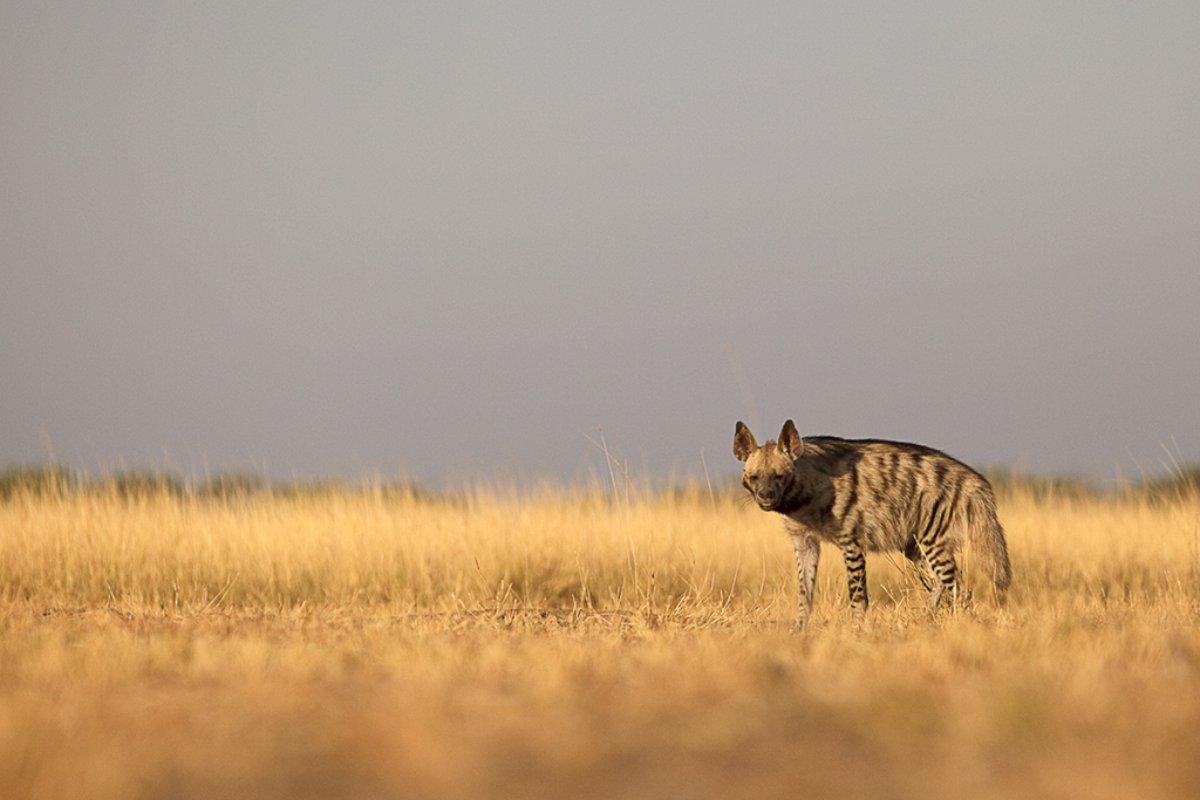

![15 Wild Animals in Malta [Wildlife in Malta]](https://www.kevmrc.com/wp-content/uploads/2022/06/15-wild-animals-in-malta.jpg)
![21 Wild Animals in Gambia [Wildlife in Gambia]](https://www.kevmrc.com/wp-content/uploads/2022/12/21-wild-animals-in-gambia.jpg)
![27 Wild Animals in Mexico [Wildlife in Mexico]](https://www.kevmrc.com/wp-content/uploads/2022/08/27-wild-animals-in-mexico.jpg)